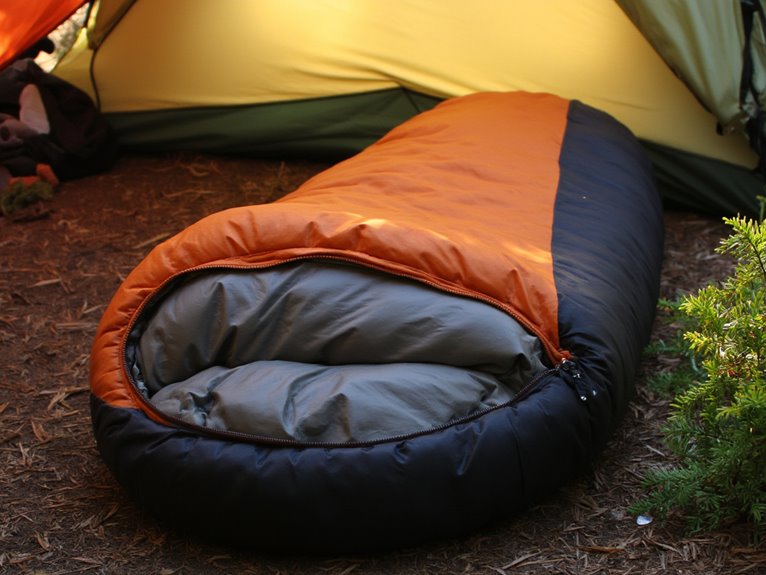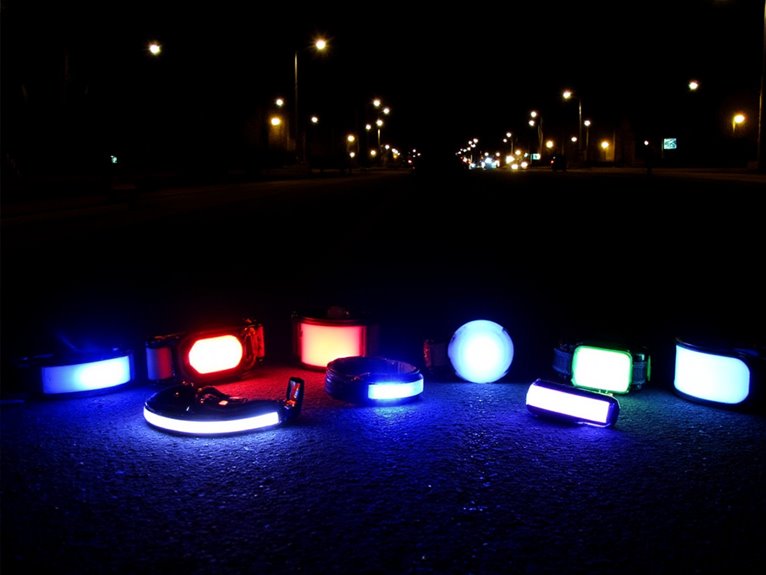How Much Will 7000 Btu Heat?
A 7000 BTU heater can warm a space of approximately 150-200 square feet, depending on factors such as insulation, window size, and desired temperature. Well-insulated rooms with minimal heat loss allow the heater to warm a larger area, while rooms with large windows or high ceilings may require a more powerful heater. Factors like air circulation, room layout, and heater placement also impact the heater's coverage area. Understanding these factors is crucial to determining the heater's effectiveness in your specific space – and there's more to consider when finding the perfect balance of heat and comfort.
We are supported by our audience. When you purchase through links on our site, we may earn an affiliate commission, at no extra cost for you. Learn more. Last update on 15th January 2026 / Images from Amazon Product Advertising API.
Determining Heater Coverage Area
A 7000 BTU heater is capable of warming a space of approximately 150-200 square feet, depending on factors such as insulation, window size, and desired temperature.
This general guideline provides a starting point for determining the heater's coverage area. However, it's essential to take into account the specific characteristics of the space to be heated.
For instance, a well-insulated room with minimal heat loss will allow the heater to warm a larger area. Conversely, a room with large windows or high ceilings may require a more powerful heater to achieve the same level of warmth.
Factors Affecting Heat Distribution
How efficiently a 7000 BTU heater distributes heat depends on several key factors that can either facilitate or hinder its performance. Understanding these factors is vital to maximize the heater's effectiveness.
Some key factors affecting heat distribution include:
- Insulation and construction: Well-insulated rooms with energy-efficient windows can retain heat better than poorly insulated spaces.
- Obstacles and barriers: Furniture, curtains, or walls can block or redirect heat, reducing its spread.
- Air circulation: Proper air circulation can help distribute heat evenly, while stagnant air can hinder it.
- Room layout and design: The shape, size, and layout of the room can influence how heat is distributed.
Room Size and Heater Placement
The size of the room and the placement of the 7000 BTU heater are critical factors in determining the heater's ability to warm the space efficiently.
A larger room will naturally require more heat to achieve the desired temperature, while a smaller room may not need as much.
Additionally, the placement of the heater is vital, as it should be positioned in a way that allows for ideal airflow and heat circulation.
Placing the heater in a corner or against a wall can hinder its performance, while placing it in an open area allows for better heat distribution.
Insulation and Heat Retention
Proper insulation plays a crucial role in heat retention, as it prevents warm air from escaping and allows the 7000 BTU heater to maintain a consistent temperature.
A well-insulated space guarantees that the heat generated by the heater is not wasted, allowing it to operate more efficiently.
Some key factors to examine in terms of insulation and heat retention include:
Properly sealed windows and doors to prevent air leaks.
Insulation in walls, floors, and ceilings to minimize heat loss.
Thermal curtains or drapes to reduce heat escape through windows.
Weatherstripping around doors and windows to prevent air leaks.
Temperature Rise and Time
Understanding the heating capacity of 7000 BTU requires examining the impact of temperature rise and time.
The rate at which the room temperature increases, the time required to reach a desired temperature, and the effect of air circulation on heat distribution all play critical roles in determining the effectiveness of a heating system.
Room Temperature Increase
Rapidly heating a room to a comfortable temperature is a key benefit of a 7000 BTU air conditioner, with the device capable of raising the temperature by 1-2°C in a relatively short period of time.
This can be especially important during cold winter mornings or when returning to a cold room.
The room temperature increase depends on various factors, including:
- Initial room temperature
- Room size and insulation
- Outdoor temperature
- Air conditioner efficiency
Heating Time Required
The time it takes for a 7000 BTU air conditioner to heat a room depends on various factors, including the initial room temperature, room size, and desired temperature increase.
For instance, if the initial room temperature is 60°F (15°C) and you want to increase it to 70°F (21°C), the heating time will be shorter than if you wanted to increase it to 80°F (27°C).
Additionally, a smaller room with better insulation will heat up faster than a larger room with poor insulation.
Generally, a 7000 BTU air conditioner can heat a small to medium-sized room (around 200-300 sq. ft.) in about 30-60 minutes, depending on the factors mentioned above.
Air Circulation Impact
Air circulation plays a significant role in determining the temperature rise and time required to heat a room, as it directly affects how efficiently the warm air is distributed throughout the space.
A well-circulated room can heat up faster and more evenly, while poor air circulation can lead to hot spots and longer heating times.
Some factors that impact air circulation and heating efficiency include:
- Obstacles such as furniture or curtains that block airflow
- Room layout and size, which can affect air circulation patterns
- The distance between the heating unit and the farthest point in the room
- The presence of vents or windows that can disrupt or improve air circulation
Calculating Your Specific Needs
When calculating your specific heating needs, various factors must be taken into account that impact the effectiveness of a 7000 BTU heater.
Room size plays a significant role, as it directly affects the heating requirements.
Furthermore, the level of insulation and the type of windows in the room also influence the overall heating demands.
Room Size Matters
Generally, a room's dimensions and layout play a crucial role in determining the necessary heating capacity, making it essential to calculate the space's specific heating needs.
The size of the room, along with its insulation, windows, and doors, all impact the amount of heat required to maintain a comfortable temperature.
To accurately determine your heating needs, consider the following factors:
- Room dimensions (length, width, and height)
- Insulation type and quality
- Number and size of windows and doors
- Desired temperature increase
Space Heating Requirements
To calculate the specific heating requirements for your space, you'll need to factor in the room's unique characteristics, including its dimensions, insulation, and window and door configurations.
This will help you determine the heat loss and gain of the room.
Next, consider the room's occupancy and activity level, as this affects the heat load.
Additionally, think about the desired temperature range and the type of heating system you plan to use.
By taking these factors into account, you can estimate the British Thermal Units (BTUs) required to heat your space effectively.
This calculation will help you choose the right heating solution for your specific needs.
Insulation and Windows
Proper insulation and window configuration play a vital role in determining the heat loss and gain of a room, with well-insulated walls and energy-efficient windows minimizing heat escape and reducing the required BTU output. This is crucial in calculating the specific heating needs of a space.
When assessing insulation and windows, consider the following factors:
- R-Value: Measure of insulation's ability to resist heat flow
- Window Type: Single-pane, double-pane, or triple-pane windows affect heat loss
- Window Size: Larger windows increase heat loss, while smaller windows reduce it
- Window Orientation: South-facing windows receive more sunlight, reducing heating needs




